Plumbing is a field that uses pipes and valves to convey fluids. It is a broad field that encompasses a variety of applications. These include water supply and drainage systems. Plumbing also includes a variety of plumbing fixtures and apparatuses. Among the various types of pipes used are copper pipes and ABS pipes. 
Water supply is a crucial component of any building. It is used for drinking, personal hygiene, and general activities such as cooking and washing. It is also needed for various manufacturing processes. Different cities have their own regulations and infrastructure to ensure that the water supply is maintained at a safe level. For instance, the Department of Environmental Protection is responsible for the management of the water supply.
A home’s water supply line runs throughout the entire property. The supply line connects to a public main water distribution line, usually located under the road. This line has a separate tap on it and branches to various fixtures and appliances such as faucets, toilets, showers, and appliances.
Water supply pipes can be the source of a variety of plumbing problems, from contaminated water to pinhole leaks. Depending on the type of pipe, water supply pipes can last for 50 years or more. Other less dramatic problems may include loose connections, which can lead to slow leaks that can damage the plumbing system over time.
Drainage systems collect water from a property and send it to a sewer or a treatment plant. They are often located at the lowest point on a property and contain a grate that collects debris. This prevents flooding and damage to property. They also improve water quality by filtering and reducing pollution. In addition, drains make a property more aesthetically pleasing.
A drainage system is comprised of a series of pipes that follow a specific slope. The slope is often measured in percentages of total fall per pipe length. For example, a 1% slope equals one-eighth of an inch of fall for each foot. Similarly, a 2% slope is equal to 1/4 of an inch of fall per foot.
A drainage system works by removing waste quickly. This starts at the fixture and moves through pipes that are larger until the water reaches the main sewer line. The water then flows to the street or an on-site septic tank.
There are several types of copper pipes available for plumbing applications. These pipes are characterized by different wall thicknesses. In general, however, they have the same outside diameter. For example, a pipe with an outside diameter of half an inch and a wall thickness of 5/8 inch is called a type K pipe.
The two main types of copper pipes are Type M, and Type L. Type M pipes have a 0.28-inch wall thickness and are mainly used in indoor plumbing. These pipes are also commonly used in HVAC and fire protection systems. They are a more durable option than Type M pipes and are commonly used for indoor water supply systems.
Copper piping systems are incredibly durable and can handle pressure up to 1,000 pounds per square inch. A copper piping system has a 50 to 70-year lifespan. This makes them ideal for large families and long-term use. Another benefit of copper piping is its resistance to corrosion caused by water. Copper is also reactive enough to withstand repeated freezing and thawing cycles. Copper piping systems are chosen over plastic or PP pipes for ease of installation.
Before soldering copper pipes, make sure to clean them with a metal soldering brush. This is essential because oxidized copper will not adhere to the solder.
If you’re considering installing new pipes in your home, you might be wondering which pipe material is right for you. PVC and ABS pipes are both made of polyvinyl chloride (PVC), but they differ in many ways. PVC pipes are much softer than ABS pipes and are suitable for a wide variety of plumbing applications. Before choosing either one, however, you should consider what type of environment your pipes will be in. PVC pipes should be stored and installed in a cool environment, and ABS pipes should not be exposed to sunlight.
ABS piping is a durable, black plastic pipe that’s commonly used for drains, showers, toilets, and other plumbing applications. When used correctly, ABS pipes won’t peel, corrode, or flake. Even if punctured, ABS pipes do not leak, so they’re a great choice for outdoor and underground plumbing systems. ABS pipe is also highly insulating, so it’s ideal for plumbing systems that need to withstand extreme temperatures.





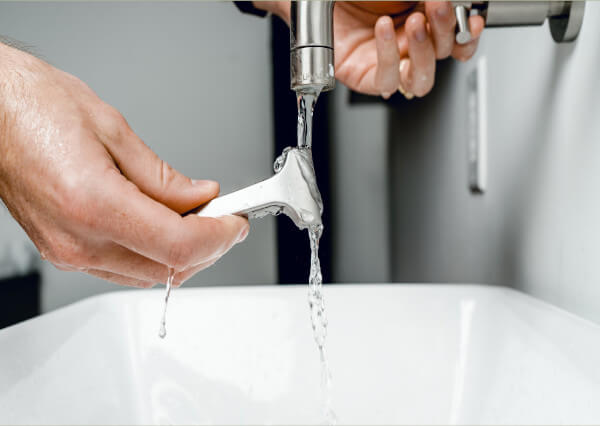
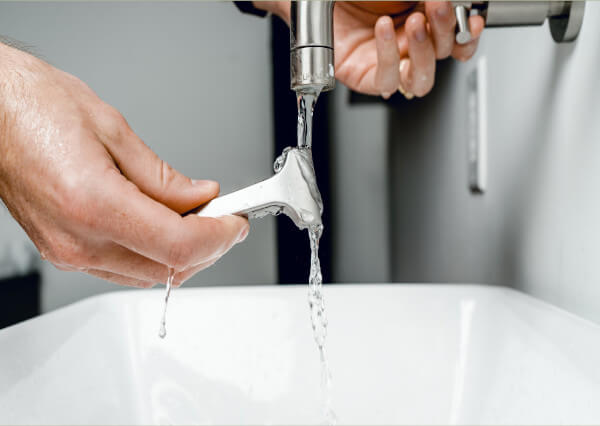
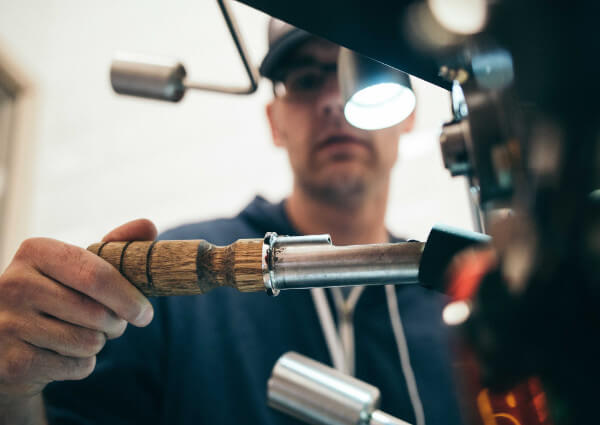
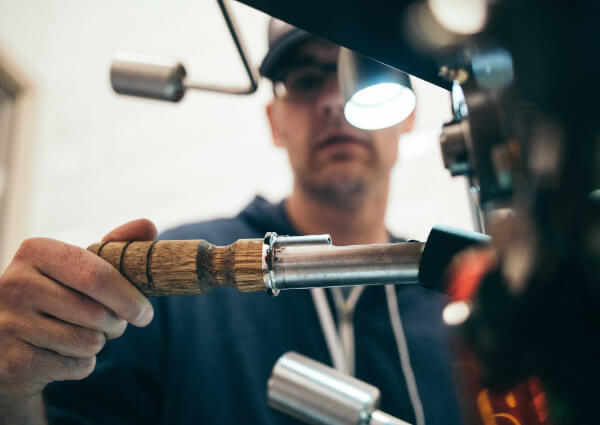 When we talk about water heaters with our homeowners, we’re often surprised by the way they think of it. If you’re taking your water heater for granted, we want today to be the last day you do so. Your home’s water heater is one of the hardest working and most important systems that you have in your home. This is because you use your water heater daily and heavily. It’s the system you’re relying on to take a shower, wash your dishes, and wash your clothes. If you need great
When we talk about water heaters with our homeowners, we’re often surprised by the way they think of it. If you’re taking your water heater for granted, we want today to be the last day you do so. Your home’s water heater is one of the hardest working and most important systems that you have in your home. This is because you use your water heater daily and heavily. It’s the system you’re relying on to take a shower, wash your dishes, and wash your clothes. If you need great 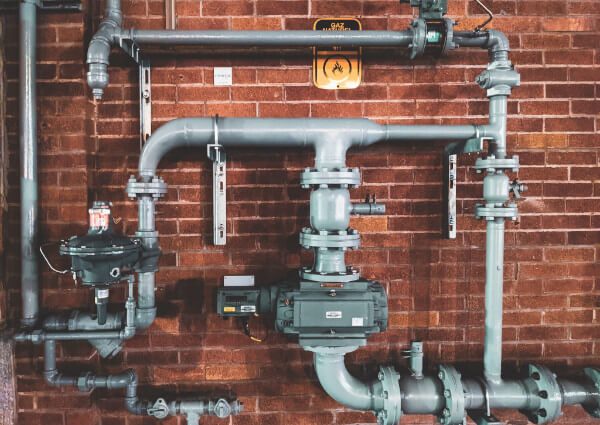
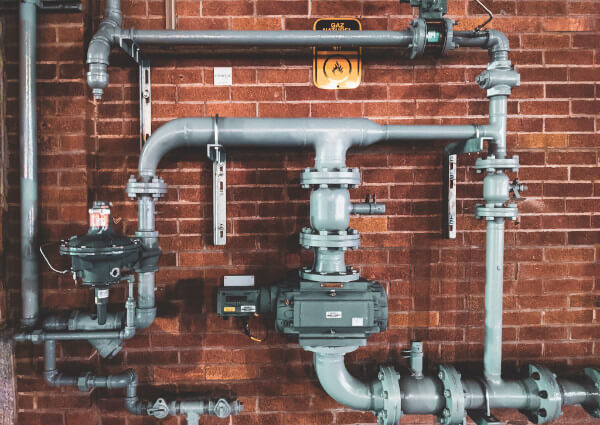 According to a study done at the University of Scranton, of the 45% of people who make New Year’s resolution, only 8% successfully achieve their goals. While this number is quite low, we’re encouraging all of our customers (new and old) to at least consider our New Year’s resolutions. This year we hope you consider the following resolutions:
According to a study done at the University of Scranton, of the 45% of people who make New Year’s resolution, only 8% successfully achieve their goals. While this number is quite low, we’re encouraging all of our customers (new and old) to at least consider our New Year’s resolutions. This year we hope you consider the following resolutions:
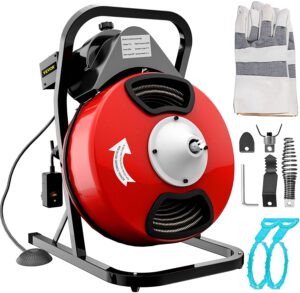
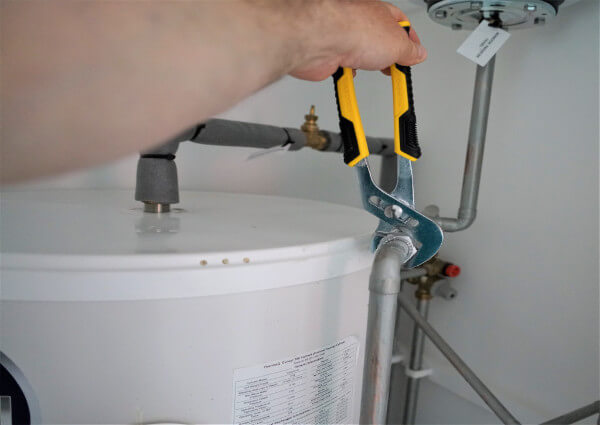
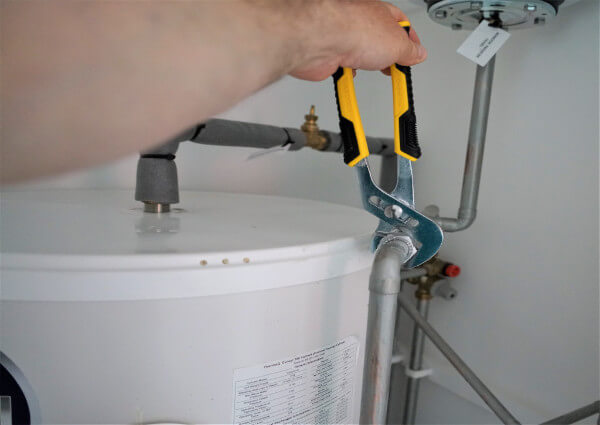 The holiday season can be draining. Don’t let issues with your plumbing add to your holiday stress. Check out these tips on making sure your drains are holiday-ready.
The holiday season can be draining. Don’t let issues with your plumbing add to your holiday stress. Check out these tips on making sure your drains are holiday-ready.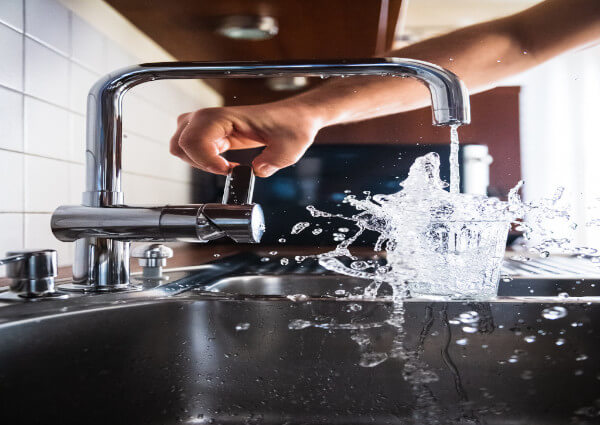
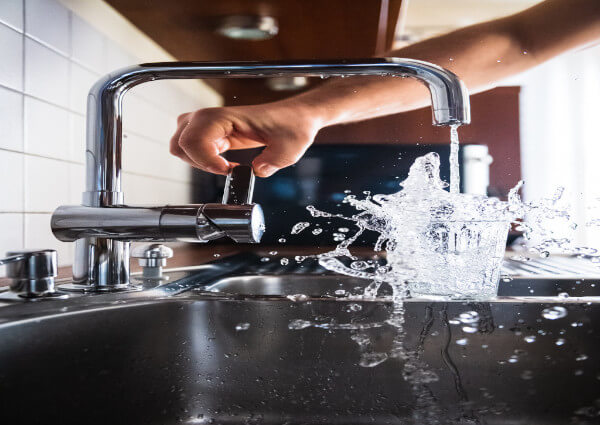 Today, we want to take the time to answer a question we get pretty often from homeowners: “How can I tell when I’m experiencing a plumbing emergency?” As you know, when you have a plumbing problem, you’re either going to schedule an appointment for a standard service call or call for emergency plumbing services. It can be difficult to determine what constitutes a true plumbing emergency. Many of your plumbing issues can seem quite urgent because so many of them involve potential water damage. We’re here to make it simple today.
Today, we want to take the time to answer a question we get pretty often from homeowners: “How can I tell when I’m experiencing a plumbing emergency?” As you know, when you have a plumbing problem, you’re either going to schedule an appointment for a standard service call or call for emergency plumbing services. It can be difficult to determine what constitutes a true plumbing emergency. Many of your plumbing issues can seem quite urgent because so many of them involve potential water damage. We’re here to make it simple today.